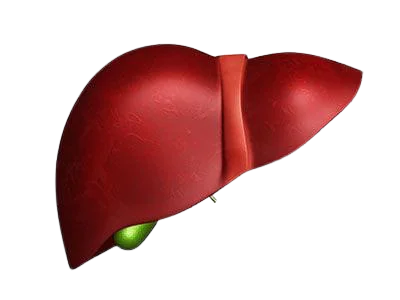Procedures
HEPATOBILIARY PANCREATIC SURGERY
Hepatobiliary Pancreatic surgery is established as a subspecialty of Surgical Gastroenterology, especially with the growth of liver transplantation. Good results in complex hepatobiliary pancreatic surgery are dependent not only on expert surgical skills, but also on an experienced multidisciplinary team of specialists working together to ensure the best outcome for the patient. The process begins preoperatively with diagnosis and staging of disease and planning extent of resection with high resolution, multislice, 4-phase contrast enhanced CT angiography and liver volumetry. Intraoperatively, low central venous pressure anesthesia reduces blood loss during liver parenchymal transection thereby avoiding blood transfusions. The use of technically advanced equipment for transection such as Hydrojet (ERBE) and CUSA has enabled precise dissection reducing intraoperative blood loss and the incidence of postoperative bleeding or bile leakage. The process of ERAS continues into the postoperative period with liberal use of epidural analgesia to manage pain and facilitate early ambulation with emphasis on early resumption of oral intake.


LIVER DISEASES TREATED AT ILC
1. Liver cysts
2. Traumatic liver injury
3. Liver abscess
4. Liver cancer (Primary and metastatic)
5. Liver cirrhosis
6. Fatty liver
GALLBLADDER AND BILIARY TRACT DISEASES
Gallbladder cancers and Cholangiocarcinomas are tumors arising from the gallbladder or bile ducts. They may cause jaundice due to narrowing of the bile duct. Preoperative biliary drainage by endoscopy (ERCP) or percutaneous route (PBD) prior to surgery, is used to restore flow of bile and reduce jaundice making it safer to perform major liver resection. For patients where the volume of liver left behind after surgery is <30%, preoperative portal vein embolization is used to cause hypertrophy (increase in size) of the future remnant liver enabling a safe resection and avoiding post hepatectomy liver failure. Our experience in handling small bile ducts in the living donor liver transplant setting makes us comfortable offering surgery in patients with bile duct cancers and strictures where small segmental ducts need to be anastomosed. Stenting of biliary or bilioenteric anastomoses is no longer performed, thereby reducing postoperative morbidity.
Gallbladder and biliary tract diseases treated at ILC
1. Gallstones
2. Bile duct stones
3. Choledochal cyst
4. Gallbladder cancer
5. Cholangiocarcinoma or bile duct cancer
6. Jaundice
PANCREATIC DISEASES
Pancreatic cancer is an aggressive disease associated with high morbidity and mortality. Tumors can originate in the head or body/tail region of the pancreas. Tumors in the head present with jaundice early in the course of their disease due to blockage of the lower end of bile duct. A Whipple’s pancreatoduodenectomy is performed to remove the tumor along with the areas it can potentially spread to including lymphatic ducts, lymph nodes and nerves. In patients with locally advanced or borderline resectable cancer, preoperative chemotherapy is given to shrink the tumor and render it suitable for resection. For lesions located in the body or tail region, a distal pancreatectomy is performed. For low grade cancers such as IPMN, a spleen preserving distal pancreatectomy can be performed rather than the conventional pancreatosplenectomy, thereby preserving immune function of the spleen.
Pancreatic diseases treated at ILC
1. Acute pancreatitis
2. Pseudocyst
3. Infected pancreatic necrosis
4. Chronic pancreatitis
5. Pancreatic cancer
6. Cystic tumors of the pancreas




